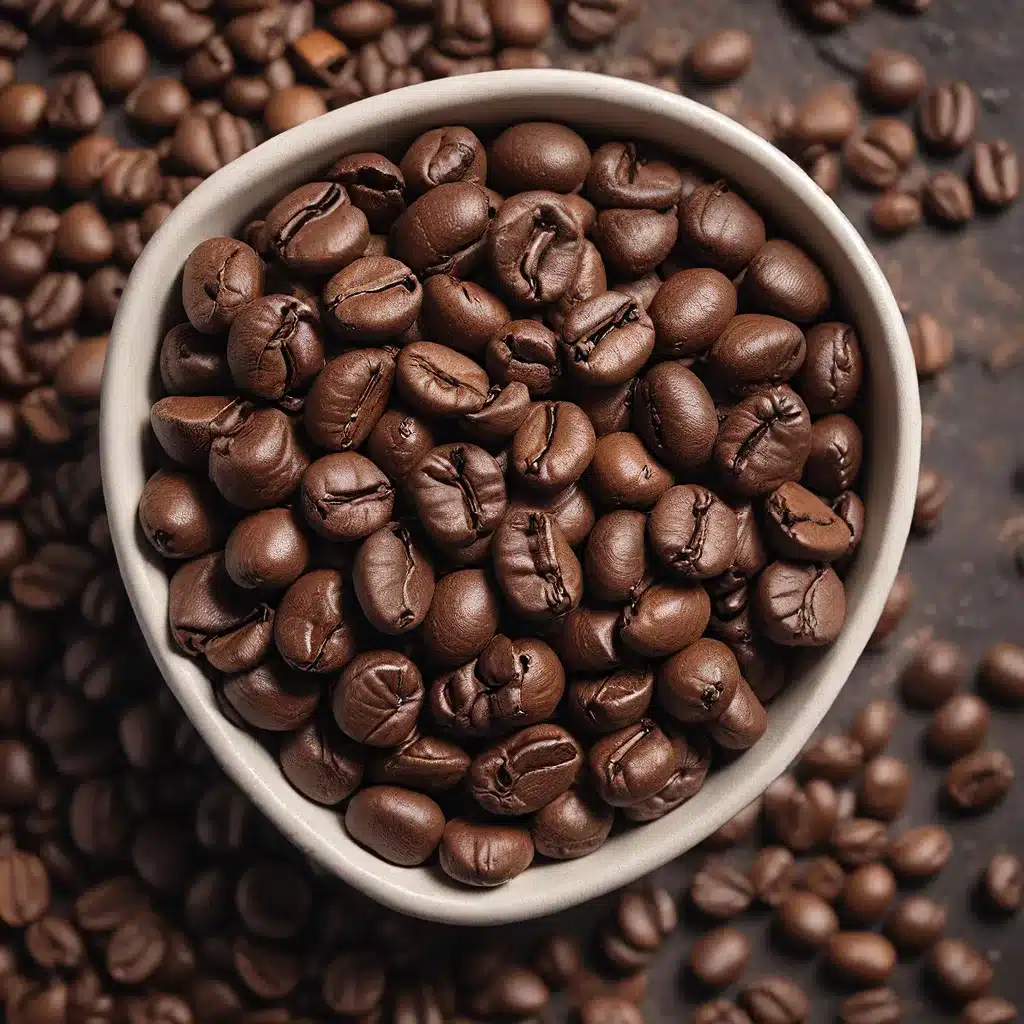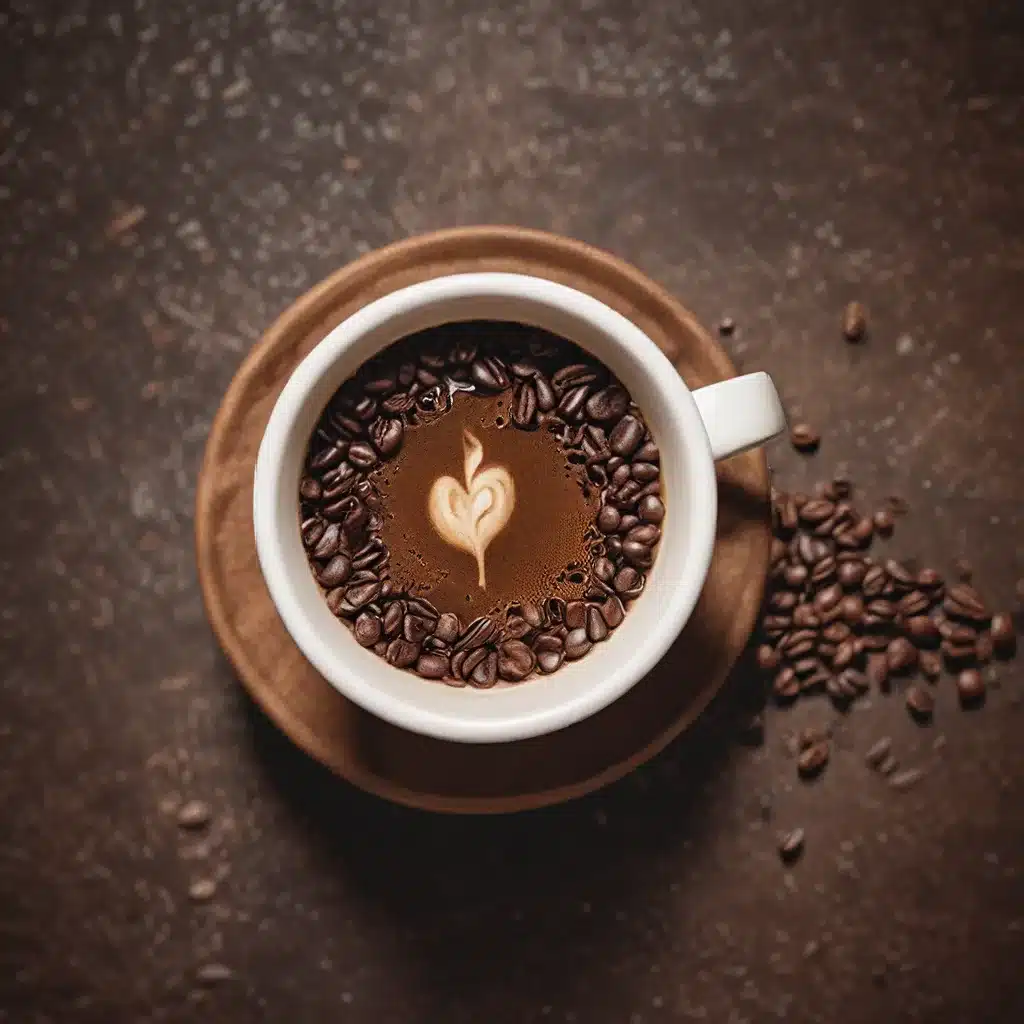
As a self-professed coffee enthusiast, I’ve always been fascinated by the nuanced world of coffee tasting and evaluation. The journey of discovering the complexities of each cup, from the subtle aromas to the captivating flavors, is one that has constantly piqued my curiosity. And let me tell you, it’s a rabbit hole that just keeps getting deeper and more enthralling the further I dive in.
Now, I know what you’re thinking – “Coffee tasting? That sounds like it’s reserved for the snobbiest of the snobs.” But hear me out, my friend. Coffee cupping, the professional process of evaluating coffee quality, is so much more than just a pretentious pursuit. It’s a gateway to unlocking a whole new level of appreciation for this beloved beverage.
Uncovering the Art of Coffee Cupping
Let’s start with the basics. Coffee cupping is a systematic tasting procedure that allows coffee professionals and enthusiasts alike to assess the quality, flavor, and characteristics of various coffee samples. It’s essentially the coffee world’s version of a wine tasting, but with its own unique protocols and techniques.
The process begins with the careful selection of coffee samples, each representing a specific origin, processing method, or roast profile. These samples are then ground and brewed in a controlled environment, ensuring consistency across the evaluation. “Consistency is key,” as they say in the coffee world.
Once the coffee is brewed, the real magic happens. Cuppers (the folks conducting the tasting) use all their senses to analyze the coffee’s aroma, flavor, acidity, body, and aftertaste. They’re like artisanal coffee detectives, searching for clues that will reveal the unique personality of each cup.
And let me tell you, the vocabulary used in coffee cupping is nothing short of captivating. Floral, fruity, nutty, spicy – the descriptors go on and on, painting a vivid picture of the coffee’s flavor profile. It’s almost as if the coffee itself is speaking to you, sharing its life story with every sip.
Honing Your Sensory Skills
But becoming a coffee connoisseur isn’t just about memorizing flavor words. It’s about developing a keen sense of smell and taste, and the ability to accurately identify and describe those elusive nuances.
One of the most crucial aspects of coffee cupping is the aroma evaluation. As you stick your nose in the cup and take a deep breath, you’re training your olfactory senses to pick up on a world of aromatic wonders. From the delicate floral notes of an Ethiopian coffee to the bold, smoky aromas of a dark-roasted Colombian, your nose becomes your gateway to the coffee’s soul.
And then there’s the tasting part, where you use your gustatory senses to explore the coffee’s flavor profile. It’s like a dance between your tongue and the coffee, with each sip revealing new layers of complexity. You might detect a bright, citrusy acidity, a rich, chocolatey sweetness, or a velvety, creamy mouthfeel. The possibilities are endless, and the more you practice, the more you’ll be able to discern these intricate flavors.
Mastering the Tools of the Trade
Of course, no coffee cupping session would be complete without the right tools and equipment. From the precise water temperature and brewing time to the specialized cupping bowls and spoons, every detail is meticulously considered to ensure the most accurate and consistent evaluation.
And let’s not forget the coffee tasting wheel, an essential tool in the coffee connoisseur’s arsenal. This visual aid categorizes the various flavor attributes found in coffee, making it easier to identify and communicate the specific notes you’re experiencing. It’s like a secret decoder ring for the coffee-obsessed.
But the true magic of coffee cupping goes beyond the tools and techniques. It’s about the community of passionate individuals who gather around the cupping table, sharing their insights, debating the finer points of flavor, and constantly pushing the boundaries of what’s possible in the world of coffee.
Exploring the Frontiers of Coffee Evaluation
As the specialty coffee industry continues to evolve, the art of coffee cupping is also undergoing its own transformation. “Technology is playing an increasingly important role,” with the emergence of advanced sensory analysis tools and software that are making the evaluation process more precise and data-driven.
And it’s not just about the technology – the industry is also exploring new cupping protocols that focus on sustainable and ethical coffee production practices. These innovative approaches aim to ensure that every cup of coffee not only tastes exceptional but also reflects a commitment to environmental stewardship and social responsibility.
Furthermore, the globalization of the coffee market has brought a wealth of new flavors and aromas to the cupping table. As coffee from diverse regions becomes more accessible, coffee professionals must constantly hone their skills to accurately evaluate and appreciate these unique offerings.
So, whether you’re a seasoned coffee connoisseur or just starting your journey, the world of coffee cupping is a rabbit hole worth exploring. By embracing the protocols, techniques, and tools of this art form, you’ll not only elevate your coffee tasting experience but also become a vital part of shaping the industry’s bright future.
And who knows, you might even discover your new favorite coffee along the way. After all, the true joy of being a coffee connoisseur lies in the never-ending quest for that perfect cup.















